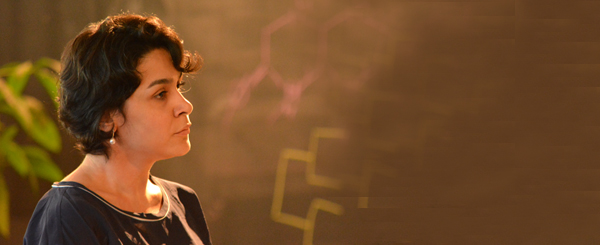ELSIセミナー
Exploring the origins of RuBisCO proteins
- スピーカー
- Speaker: Betül Kaçar (Harvard University)
- 日付
- May 20, 2015
- 時間
- 15:30
- 場所
ELSI Building - 104 Communication Room

Title:
Exploring the origins of RuBisCO proteins
Abstract:
Ribulose 1,5-bisphosphate (RuBP) carboxylase (RuBisCO) catalyzes a key reaction by which inorganic carbon is converted into organic carbon, though the function of this protein is in competition with an oxygenase reaction through the same protein. Extant organisms (including many in anoxygenic conditions) are from lineages that have likely gone through O2-rich evolutionary bottlenecks at some point over the last ~500 million years, or have adapted to ephemeral O2-rich conditions and associated organisms in their microbial consortia. We currently have very limited information regarding the ancient phenotype of RuBisCO, or how the functionality of this protein may have changed throughout a geologic history with variable atmospheric concentrations of O2 and CO2. Mapping the modern phenotype of this protein onto past organisms plays a key role in the biogeochemical interpretation of Precambrian carbon isotope fractionation signals even though the temporal, environmental and organismal limitations of applying this assumption are completely unknown. Here I will present the results from the first phase of our study, in which we have reconstructed a phylogenetic tree of the RuBisCO protein family. We are currently comparing inferred node sequences with extant organismal sequences to extract structural characterization insights from the ancient RuBisCO sequences. The next phases of the study will rely upon synthesizing, purifying and biochemically characterizing the isotope discrimination and biochemical functionality of the protein. Our goals are to constrain the extent to which RuBisCO isotope discrimination signals may be mapped onto the earliest origins and development of life.












